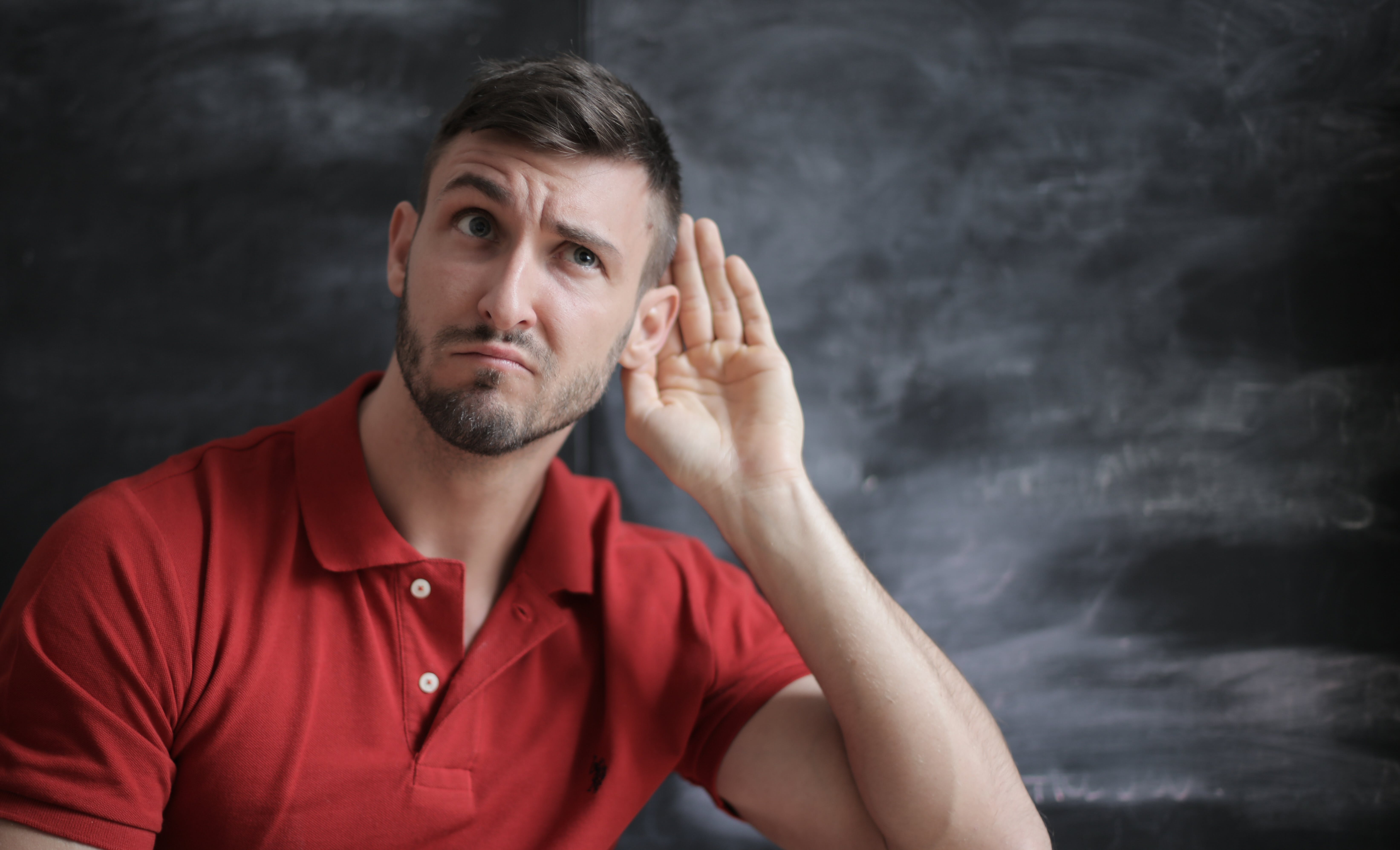In today's fast-paced world, communication seems to be happening constantly. We send text messages, make phone calls, and engage in social media interactions. But are we truly listening? Mastering the art of listening is essential for effective communication. It's like picking the juiciest fruit from a tree, ensuring the sweetest and richest experience.
However, listening goes beyond just hearing the words spoken. It entails actively engaging with the speaker, understanding their perspective, and empathizing with their emotions. By doing so, we build stronger connections and foster meaningful relationships.
The Importance of Effective Listening
Listening is the key to successful communication. It is the foundation upon which all meaningful interactions are built. When we truly listen to someone, we are showing them that we value their thoughts and opinions. This creates a sense of trust and respect, which are vital components of any healthy relationship.

Effective listening also allows us to gain a deeper understanding of the speaker's message. By actively focusing on their words, tone, and body language, we can interpret their true meaning and respond appropriately. This not only prevents misunderstandings but also helps us make more informed decisions.
Furthermore, listening provides us with an opportunity to learn and grow. When we open ourselves up to different perspectives, we expand our knowledge and challenge our own beliefs. This fosters personal and intellectual growth, making us more well-rounded individuals.
The Barriers to Effective Listening
While listening is crucial, there are several barriers that can hinder our ability to truly engage with others. One major barrier is distraction. In our fast-paced world, it's easy to get caught up in our own thoughts or be distracted by external factors such as noise or technology.

These distractions prevent us from giving our full attention to the speaker and can lead to misunderstandings or missed opportunities for connection.
Another barrier to effective listening is preconceived notions or biases. When we approach a conversation with preconceived ideas or judgments, we are less likely to truly hear what the speaker is saying. Our biases can cloud our judgment and prevent us from understanding the speaker's perspective.
Additionally, our own internal dialogue can be a barrier to effective listening. Sometimes, while someone is speaking, we're already formulating our response in our minds. This prevents us from fully absorbing what the speaker is saying and can lead to miscommunication or a lack of connection.
Active Listening Techniques
To become a masterful listener, it's essential to practice active listening techniques. Active listening involves fully engaging with the speaker and demonstrating that you are fully present in the conversation.
Here are some techniques to help you become a more active listener:

1. Provide undivided attention: When someone is speaking, give them your full attention. Put away any distractions such as your phone or computer, and focus solely on the speaker. Maintain eye contact and nod or provide affirmative cues to show that you are actively listening.
2. Ask thoughtful questions: Asking questions not only shows that you are engaged, but it also helps clarify any points of confusion or gain further insight. Consider open-ended questions that encourage the speaker to expand on their thoughts and feelings. This demonstrates your genuine interest in understanding their perspective.
3. Reflect and summarize: After the speaker has finished sharing their thoughts, take a moment to reflect on what they've said. Summarize their main points to ensure that you have understood their message accurately. This not only reinforces your understanding but also shows the speaker that you are actively listening and valuing their input.

Nonverbal Cues and Body Language
While words are important, nonverbal cues and body language play a significant role in effective listening. They can convey emotions, attitudes, and intentions that words alone may not express. Here are some key nonverbal cues to pay attention to:
1. Eye contact: Maintaining consistent eye contact with the speaker shows that you are fully engaged in the conversation. It demonstrates respect and interest in what they have to say.
2. Facial expressions: Your facial expressions can indicate your emotional response to the speaker's words. Smiling, nodding, or furrowing your brow in concern can convey your understanding and empathy.
3. Posture and gestures: Adopting an open and relaxed posture, such as leaning slightly forward and keeping your arms uncrossed, signals that you are receptive and approachable. Using appropriate gestures, such as nodding or using your hands to emphasize a point, can also show your active involvement in the conversation.

Empathy and Understanding
Empathy is a crucial component of effective listening. It involves putting yourself in the speaker's shoes and genuinely seeking to understand their perspective and emotions. Here's how you can cultivate empathy:
1. Listen without judgment: Avoid making judgments or jumping to conclusions while the speaker is sharing their thoughts. Create a safe and non-judgmental space where they feel comfortable expressing themselves openly.
2. Validate their emotions: Acknowledge the speaker's emotions and validate them. Let them know that you understand how they feel and that their emotions are valid. This shows empathy and helps build trust.
3. Reflect and paraphrase: Reflecting on the speaker's emotions and paraphrasing their words can demonstrate that you truly understand their perspective. It shows that you are actively listening and seeking to bridge any gaps in understanding.
Conclusion
Mastering the art of listening is a skill that can greatly enhance your communication abilities and deepen your connections with others.

By actively engaging with speakers, understanding their perspectives, and empathizing with their emotions, you can become a masterful listener. Remember, effective listening is like picking the juiciest fruit of communication, ensuring the sweetest and richest experience. So, let's start practicing these techniques and enjoy the bountiful rewards of mastering the art of listening.
 Add Row
Add Row  Add
Add 




Write A Comment